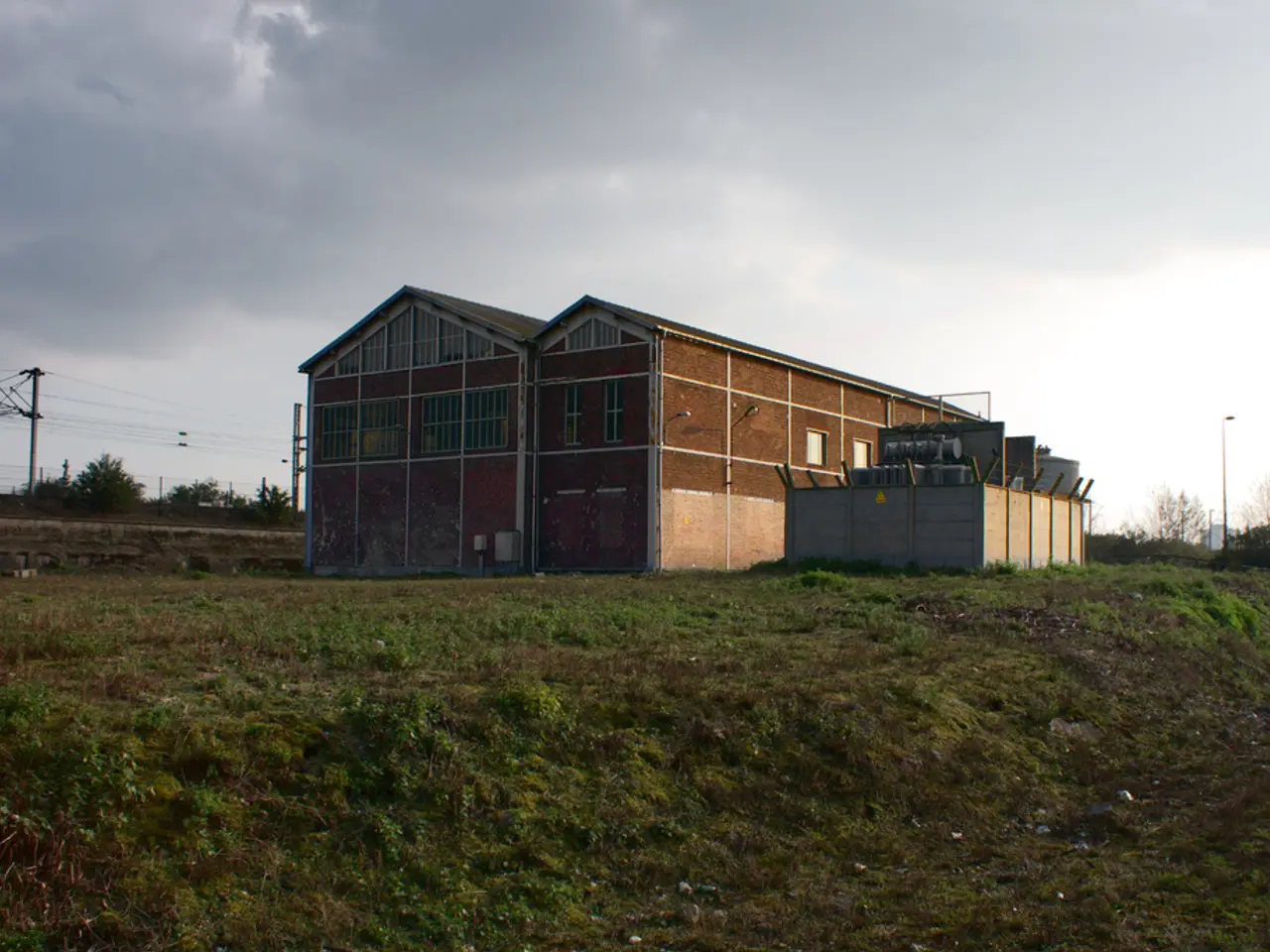Essential Investment in Renewable Energy Infrastructure Safeguards Human Existence
Ramping Up the Switch to Green Energy
As our planet grapples with the escalating consequences of climate change, transitioning from fossil fuels to sustainable energy sources is no longer an optional luxury. The burning of fossil fuels is a leading culprit in greenhouse gas emissions, which are the primary drivers of global warming, extreme weather events, and environmental degradation. To preserve our planet and future generations, investing heavily in renewable energy infrastructure is no less than a necessity for human survival and prosperity.
Why Going Green is a Necessity
The urgency for this shift cannot be understated. According to the Intergovernmental Panel on Climate Change (IPCC), limiting global warming to 1.5°C above pre-industrial levels necessitates a significant reduction in carbon emissions by 2030, which requires a rapid scaling up of renewable energy sources. Apart from mitigating climate change, renewable energy systems provide energy independence, employment opportunities, stimulate economic growth, and improve public health by eliminating harmful air and water pollutants.
Global Trends and Investments in Renewable Energy
The renewable energy sector has experienced unparalleled growth over the last decade. By 2032, global renewable energy capacity is projected to grow at an average annual rate of 8.5%, reaching over $2.18 trillion. In 2024, renewable deployment is predicted to escalate by 17%, making up close to a quarter of global electricity generation. Renowned nations like China are at the forefront of this transformation, with plans for an additional 503 GW coming online between 2025 and 2030.
Innovations in wind turbine technology are making headway, resulting in higher capacity factors and efficiency. For instance, onshore wind plants are expected to see an increase in capacity factors from 34% in 2018 to between 30% and 55% by 2030. Floating offshore wind technology is shaping up to revolutionize the renewable energy landscape, opening up access to deeper waters with better wind resources.
Witnessing the Change: Notable Renewable Energy Projects
- Solar Power Projects
- The Noor Solar Project in Morocco stands among the world's largest concentrated solar power plants, with a capacity of 580 MW, providing clean energy for over one million people.
- India's Bhadla Solar Park has a capacity of over 2,245 MW, making it one of the largest solar parks globally and playing a significant role in achieving India's renewable energy goals.
- Wind Energy Projects
- The Hornsea One Offshore Wind Farm in the UK takes the crown as the largest offshore wind farm worldwide, boasting a capacity of 1.2 GW, supplying power to over one million homes.
- The Gansu Wind Farm in China, with an installed capacity of over 7 GW, showcases China's dedication to expanding its wind energy infrastructure.
- Community-Based Initiatives
- Denmark presents an inspiring model for local investment and participation in renewable energy projects, with approximately 40% of electricity generation sourced from wind power.
- The Solar Sister initiative empowers African women by equipping them with training and resources to sell solar products in their communities, promoting both clean energy access and gender equality.
A Sustainable Future: Investments in Energy Storage, Grid Modernization, and Policy Support
- Energy Storage Solutions
- To effectively integrate renewable energy into existing grids, investing in energy storage technologies is crucial. It is estimated that by 2030, we will require an additional 411 GW of electricity storage capacity. Companies like Tesla are leading the charge with innovative battery technology solutions like the Powerwall.
- Grid Modernization and Infrastructure Upgrades
- Modernizing existing power grids is essential for accommodating increased renewable generation, and by 2050, approximately 80 million kilometers of additional power lines will be necessary for efficient transport. Smart grid technologies ensure grid reliability and facilitate better integration of variable renewable resources.
- Policy Support and Regulatory Frameworks
- Strong policies drive renewable energy growth, and government initiatives, such as the U.S.'s Inflation Reduction Act and Europe's Green Deal, provide financial incentives for embracing renewables. Countries need to prioritize regulatory reforms that streamline approvals for renewable energy projects and encourage private sector investment.
- Public-Private Partnerships (PPPs)
- Collaborations between governments and private companies accelerate infrastructure development while sharing risks and costs. PPPs also facilitate research into new technologies that enhance efficiency and lower the costs across renewable sectors.
Obstacles and the Path Ahead
Despite the promising outlook for renewable energy investments, notable challenges remain:
- High Initial Capital Costs: Upfront costs can deter investment, but technological advancements are progressively driving down costs over time.
- Integration Challenges: Integrating variable renewable resources into existing grids requires careful planning and investment in infrastructure.
- Insufficient Political Will: Sustained political support is essential for maintaining momentum in renewable energy initiatives.
The Final Word
Investments in renewable energy infrastructure are essential for ensuring human survival and prosperity in a rapidly changing world. As we embrace solar, wind, and other sustainable sources, we reduce dependence on fossil fuels, create employment opportunities, stimulate economic growth, and improve public health. The transition to renewables presents significant opportunities for innovation and collaboration across sectors. We must act swiftly to capitalize on these opportunities, integrating these technologies into our economies for a sustainable future that mitigates climate change and fosters resilience against future challenges.
- To align with the Intergovernmental Panel on Climate Change (IPCC) goal of limiting global warming to 1.5°C, science and finance sectors must invest heavily in renewable energy infrastructure, as it is a critical step towards human survival and prosperity.
- The renewable energy sector's growth, estimated to grow at an average annual rate of 8.5% till 2032, is not only essential for climate-change mitigation but also stimulates economic growth, provides energy independence, and creates employment opportunities.
- As technological innovations advance, the efficiency of renewable energy systems is improving; for example, onshore wind plants are projected to see an increase in capacity factors from 34% in 2018 to between 30% and 55% by 2030.
- In order to effectively integrate renewable energy into existing grids, industry needs to invest in energy storage technologies, such as Tesla's Powerwall, and grid modernization infrastructure, with approximately 80 million kilometers of additional power lines necessary by 2050.




